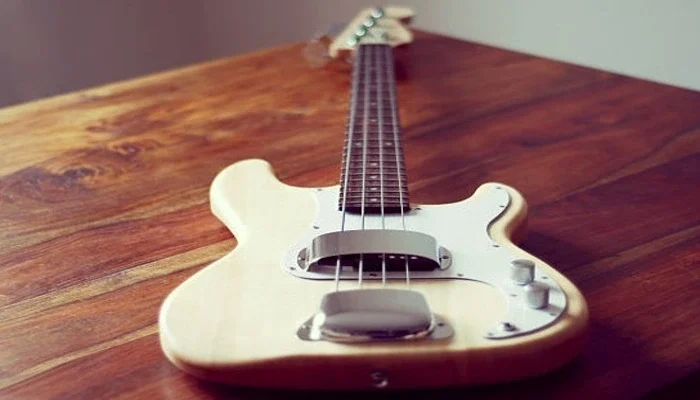Bass tabs are a must have tool, for musicians just starting out. They provide a manner of figuring out where to place your fingers on the fretboard, all without reading sheet music. However, one tricky part of bass tabs is understanding timing. Knowing how timing works in bass tabs is important for making sure your playing fits well with the band or the song you’re working on. Timing in bass tabs is explained here in this guide, hoping to make it easy to learn.
What Are Bass Tabs?
Bass tabs are a form of notation made specifically for bass guitars. By showing notes they indicate which strings and frets to play the notes on. For example a tab might say “A 3,” meaning you should play the fret on the A string. While this simplifies finger placement it doesn’t cover rhythm details so understanding timing is essential.
Why Timing Is Important
Timing is crucial, for any performance as it ensures that all aspects of a song melody, harmony, rhythm fit together smoothly. Poor timing can lead to a disjointed performance causing even simple songs to sound messy.
When you play the bass you’re part of the rhythm section, which lays down the groundwork, for the music piece. Having a grasp of timing is key to carrying out this role successfully.
Common Symbols in Bass Tabs
Before diving into timing, it’s essential to familiarize yourself with the common symbols used in bass tabs:
- Numbers: Indicate which fret to play on which string.
- Lines: Show what the bass guitar strings look like.
- H (Hammer-on): Play the note and then hammer-on to the next fret with another finger.
- P (Pull-off): Pluck the string and pull your finger off to let the next lower fret ring out.
- / (Slide): Move your finger from one fret to the next.
- T (Tap): Tapping the fretboard with the fingers.
- X: Indicates a muted or percussive note.
Reading Timing in Bass Tabs
When you check out bass tabs you might notice they often provide some timing cues. Here’s a breakdown to help you make sense of them:
Basic Rhythmic Notation
At times bass tabs may include symbols to those in sheet music placed above the tab lines. Symbols like quarter notes (♩) half notes (♩ ♩) and whole notes (♩ ♩) can give you a sense of the songs rhythm and timing. It’s important to keep an eye on these symbols if they’re included.
Using the Space Between Numbers
In bass tabs the spacing between numbers can offer hints about timing. Notes that are closer together suggest durations between them while more spread out notes indicate durations. For example, “A 3 5” instead of “A 3 5” suggests a pause between the fifth frets.
Songs with Time Signatures
Although bass tabs typically don’t specify time signatures like sheet music does, listening to the song you’re trying to master can help you grasp how long each note should be held. For example if a song follows a 4/4 time signature it means there are four beats, per measure. By listening you can naturally figure out where each note fits within the measure.
Improving Timing with Practice
Even with a feel for timing, in bass tabs, constant practice will get you through. Here are some tips to guide you in improving your skills:
Use a Metronome
A metronome is a tool for musicians. It provides a rhythm that helps one keep timing. Start at a slow tempo. Increase the speed slowly at first until you feel relaxed.
Play-Along with Recordings
Playing along with recordings of the song you’re practicing will enhance your timing. Try to get your playing to line up with the music focus, especially on following what’s happening the most.
Record Yourself
Recording your practice sessions allows you to evaluate in a more specific way how well you are keeping time. Listen for irregularities and focus on those areas as you work toward improvement.
Count out Loud
The essence of uttering remarks out loud, while playing, is to internalize the rhythm. It is very useful in the context of mastering the patterns.
Conclusion
For any bassist, one of the most important things to master may lie within the realm of bass guitar tabs: mastery in timing. The actual notation in a tab is, in itself, easy enough. The critical factor of the skill is in timing. Familiarizing oneself with tablature symbols and using a few practice manual techniques will indeed bring dramatic improvement to one’s timing.
If you are new to music or willing to excel in it, the feel of timing plays an extremely pivotal role. It then will make you so much more reliable as a musician, ensuring the performance of your role in any scenario.
Repelis24: Your Ultimate Destination for Movie Entertainment










Comments